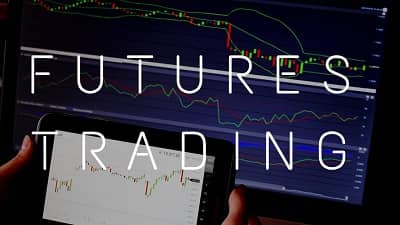The Basics of Futures Trading

Futures are derivatives traded on exchanges and are used by investors as hedging against price fluctuations. They allow you to take a long or short position in a particular commodity. If you have an exposure to a particular stock and want to gain a portion of the upside if that stock goes up, you can short-sell a futures contract on the Standard & Poor’s 500 index. Futures contracts are settled with a physical delivery of goods, cash settlement, or a quote in a foreign currency.
Futures are derivatives
The value of futures contracts depends on the price of the underlying asset. In futures trading, investors buy or sell commodities at a predetermined price, usually on a future date. They are commonly used by corporations and individual traders to lock in a price on commodity prices. However, you should keep in mind that futures may not be suitable for every investor. For example, you may not want to invest in gold, if you are unsure of the price of coffee.
They can be used to hedge against price fluctuations
In high-priced industries, such as agriculture, forward contracts can help farmers protect their crop from price drops. A farmer planting wheat might expect to harvest 8,000 bushels of wheat by the time the crop is ready. By entering into a forward contract, he can sell the wheat for a certain price before harvest. He can deliver the wheat five months from the date of the agreement. However, he must realize that he cannot control price fluctuations in the future.
They allow investors to take a short position
Futures trading offers many benefits, and can help you hedge your portfolio. The short position can be used to offset exposure to an index, like the Standard & Poor’s 500. You can take advantage of a short position to offset the downside of an index while maximizing your upside when stocks move higher. Futures are settled through physical delivery of goods or in cash. Sometimes, they are traded in foreign currency as well.
They are traded on exchanges
Futures are traded on exchanges, and they are primarily the place to buy and sell commodities. These markets are regulated to ensure quality products and a smooth transition of assets. The most famous exchange for futures trading is the Chicago Mercantile Exchange, which specializes in agriculture, energy, stock indices, foreign exchange, metals, interest rates, and real estate. The simplest way to trade futures is to trade CFDs, which are essentially like stocks. You can trade them in small increments or even in full lots.
They involve daily mark-to-market
Mark-to-market, otherwise known as daily settlement, is a procedure used in futures trading. Each day, the clearinghouse determines the value of assets covered by futures contracts, known as Settlement Price, and then converts the paper gains and losses into actual gains and losses. Mark-to-market is a general term for pricing assets to their market value, but each asset undergoes this procedure differently.




